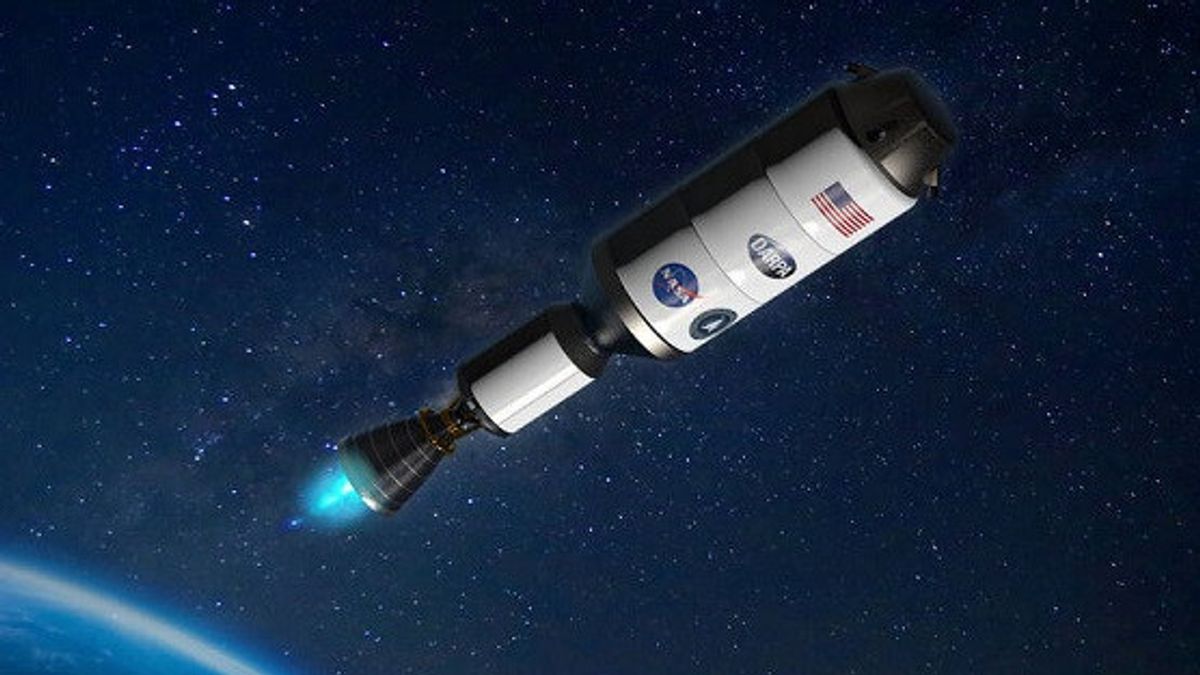
JAKARTA - NASA has made options for Lockheed Martin as the main contractor for the design, manufacture, and testing of the space agency's nuclear-powered rocket demonstrations.
In this mission, NASA did collaborate with the Defense Advanced Research Projects Agency (DARPA) and other industrial partners to run the Rocket for Agile Cislunar Operations (DRACO) Demonstration program.
The program itself will test nuclear-powered rockets in space as early as 2027. For NASA, nuclear propulsion is one of the main capabilities in the manned mission roadmap to Mars.
"Working with DARPA and companies in the commercial space industry will allow us to accelerate the development of the technology we need to send humans to Mars," NASA Deputy Administrator Pam Melroy said in a statement, quoted Thursday, July 27.
"This demonstration will be an important step in meeting our Moon's goals to Mars for crew transportation to space," he added.
Nuclear-powered rockets are designed to travel shorter and faster to the Red Planet, reducing the complexity of missions and risks to its crew.
In addition, this type of rocket can be more than twice as efficient as conventional chemical rockets. This means that the rocket only needs a much less propellant and can carry a lot of equipment for scientific purposes.
Not only functioning as a vehicle and storage, this nuclear-powered rocket can also provide more power for the instrument and communication system.
Based on the terms of the agreement with DARPA, Lockheed Martin will be responsible for the design, integration, and testing of the spacecraft.
Meanwhile, BWX Technologies, based in Lynchburg, Virginia, is responsible for the design and construction of a nuclear fission reactor that will power the engine.
NASA's Space Technology Mission Directorate (STMD) is in charge of the entire management and implementation of nuclear-powered DRACO machines
NASA is also working with the Department of Energy and Industry in other space nuclear technology initiatives in addition to the DARCO program, including the Fission Surface Power and separate efforts to explore the possible design of future nuclear thermal spacecraft.
The English, Chinese, Japanese, Arabic, and French versions are automatically generated by the AI. So there may still be inaccuracies in translating, please always see Indonesian as our main language. (system supported by DigitalSiber.id)







